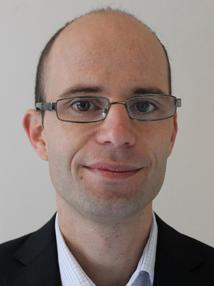BibTex format
@article{Keene:2022:10.1111/pace.14434,
author = {Keene, D and Miyazawa, AA and Johal, M and Arnold, AD and Ali, N and Saqi, KA and March, K and Burden, L and Francis, DP and Whinnett, Z and Shun-Shin, MJ},
doi = {10.1111/pace.14434},
journal = {Pacing and Clinical Electrophysiology},
pages = {461--470},
title = {Optimizing atrio-ventricular delay in pacemakers using potentially implantable physiological biomarkers},
url = {http://dx.doi.org/10.1111/pace.14434},
volume = {45},
year = {2022}
}

